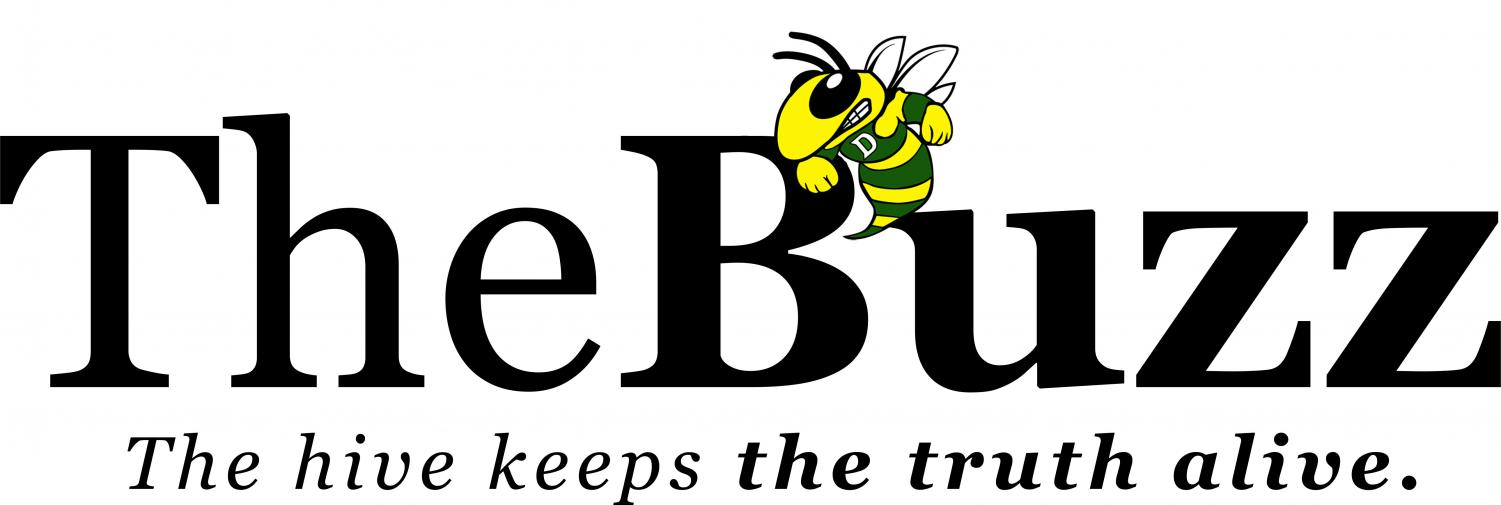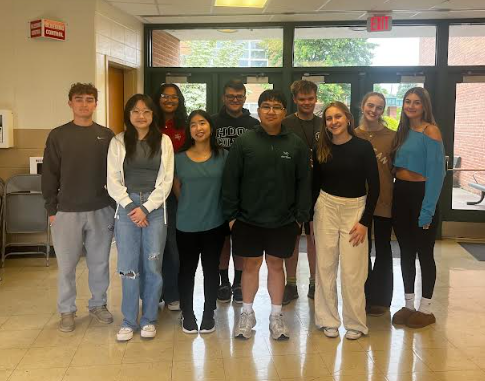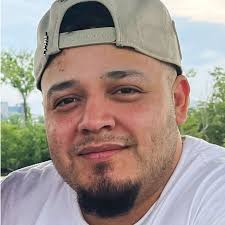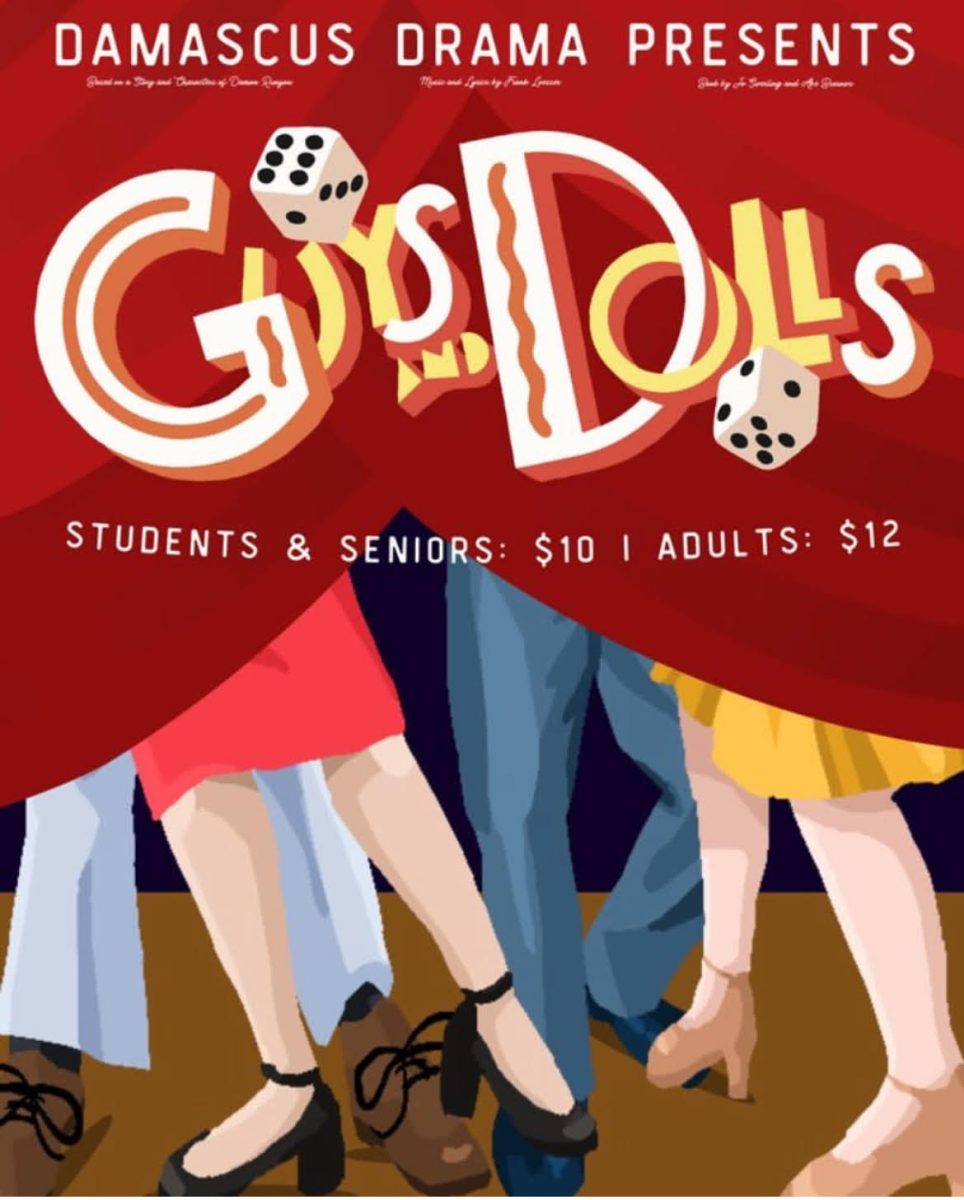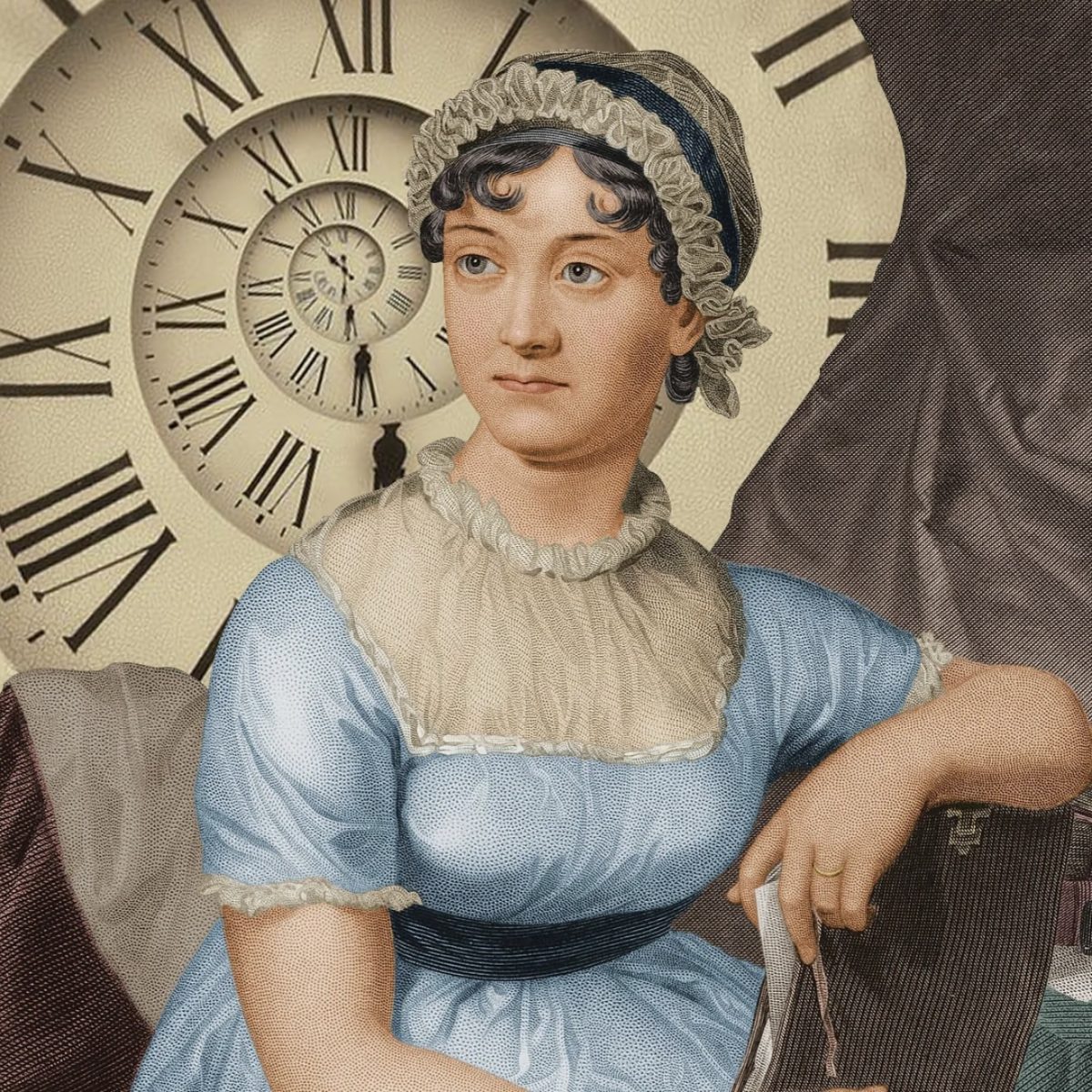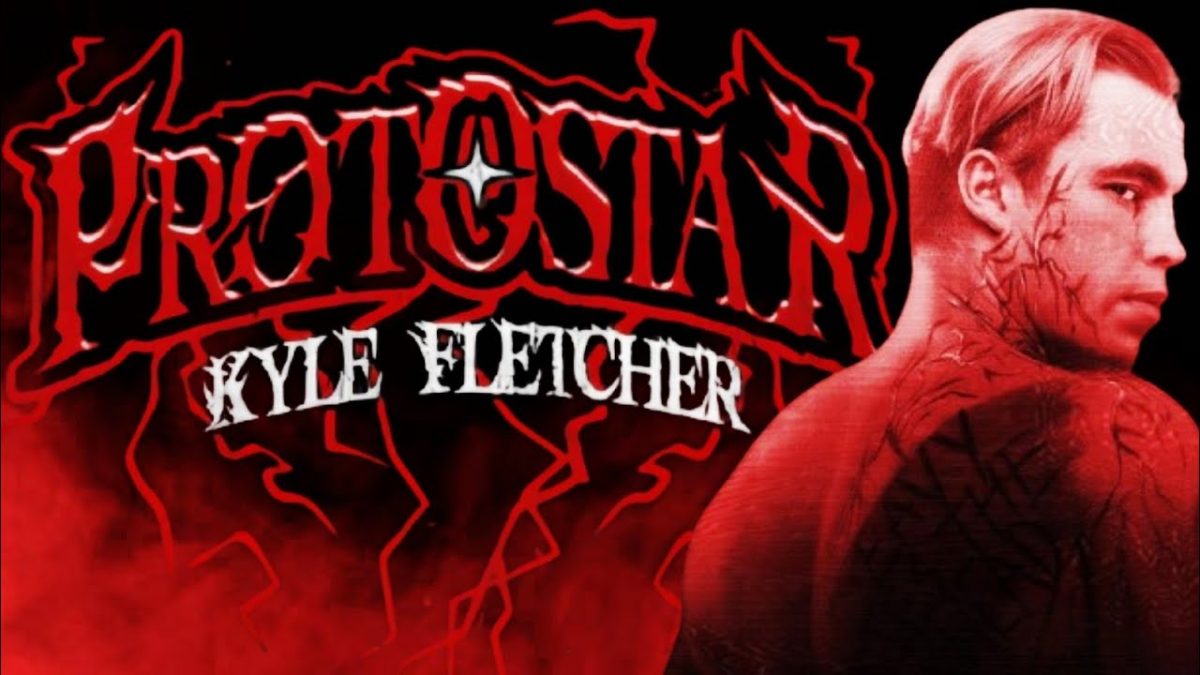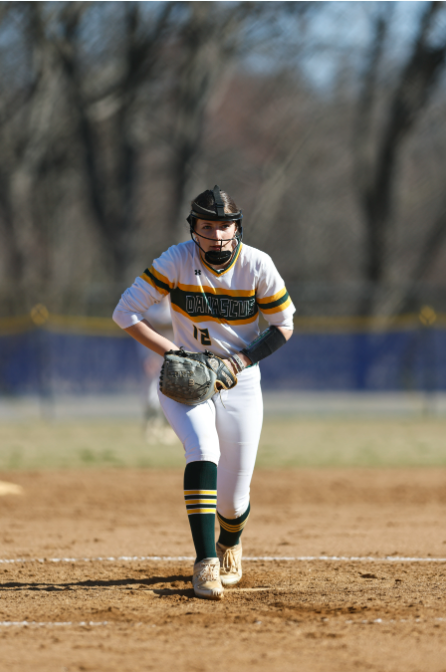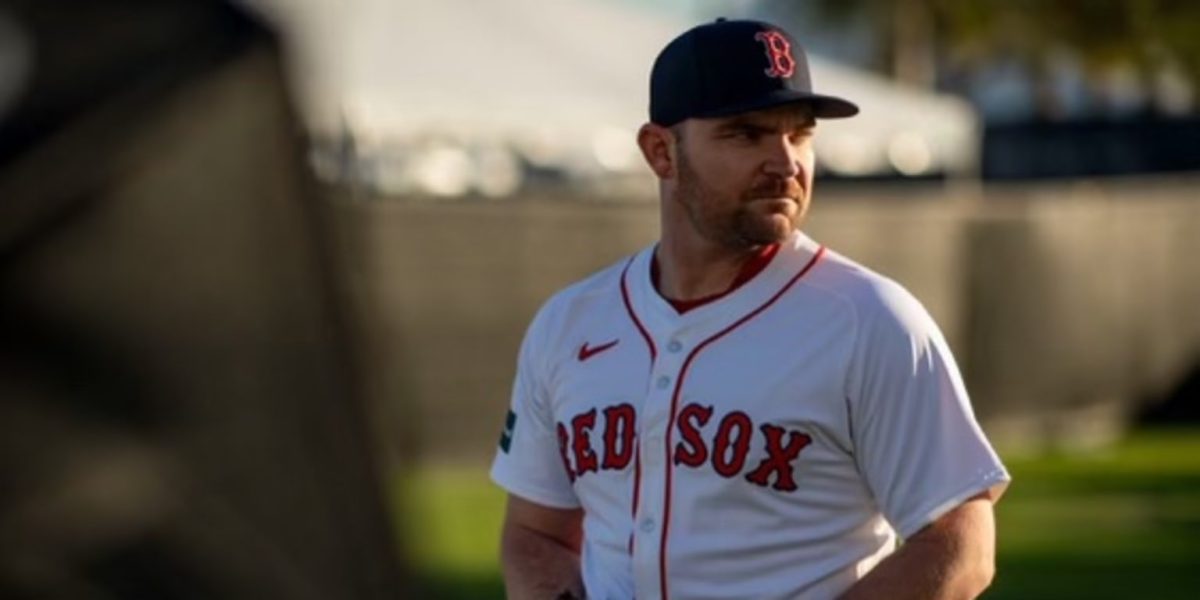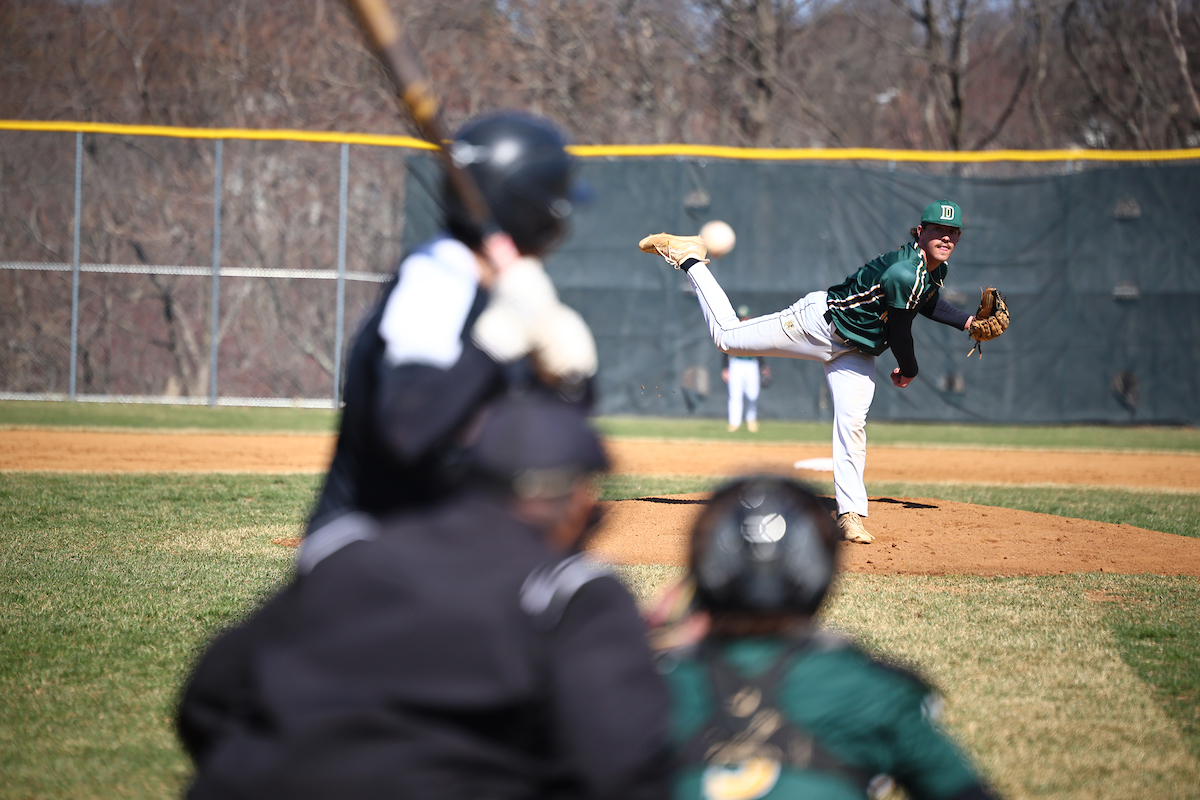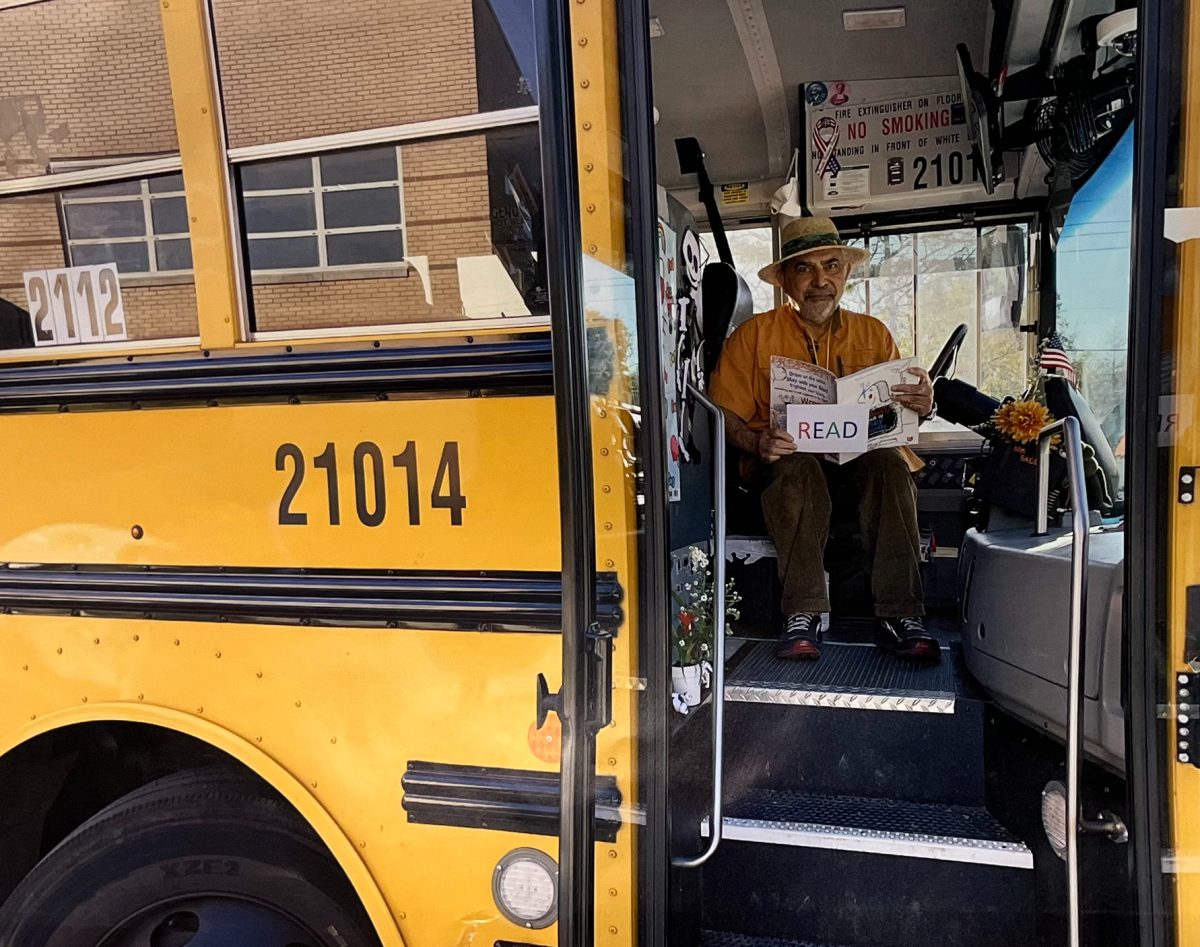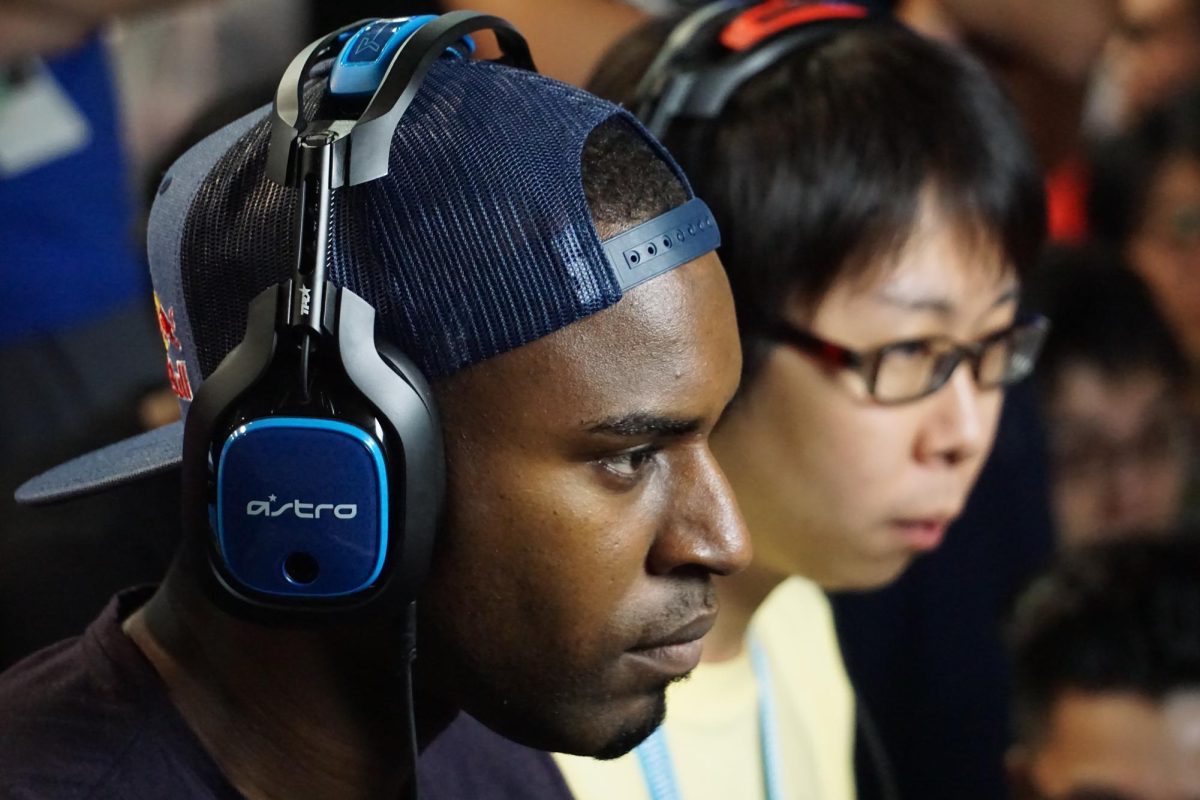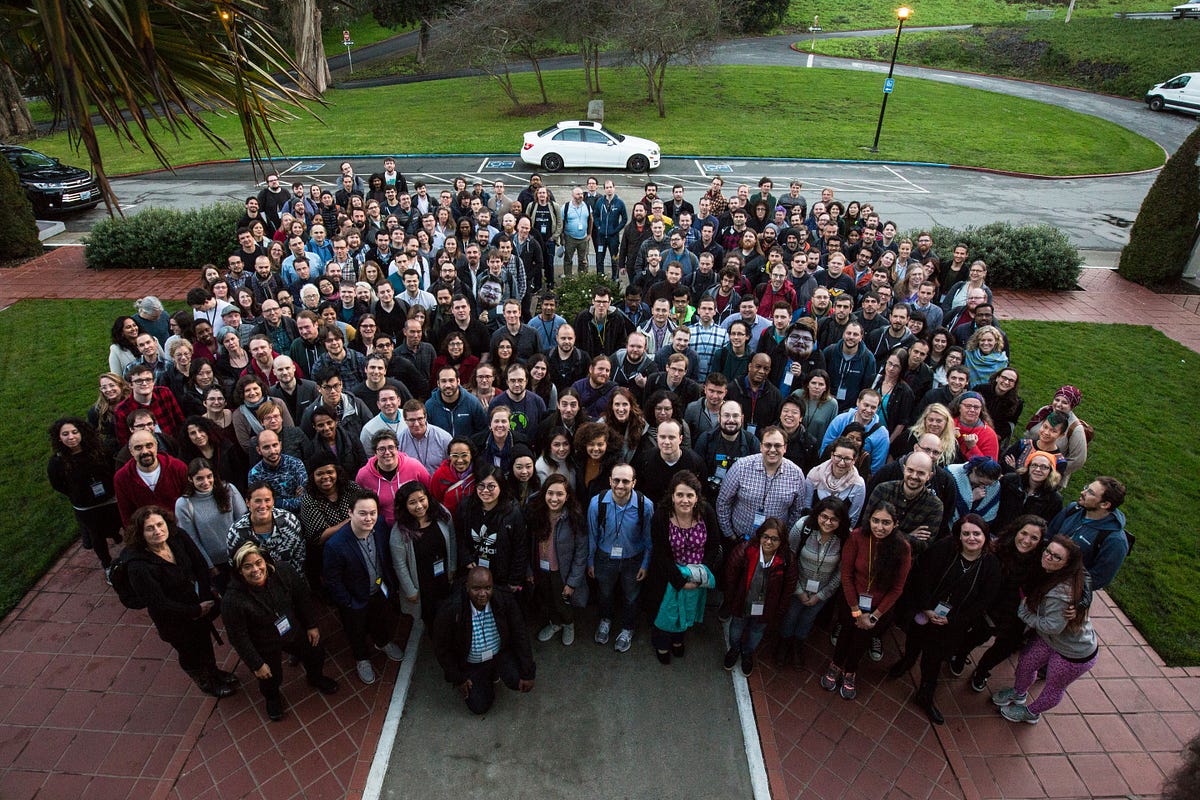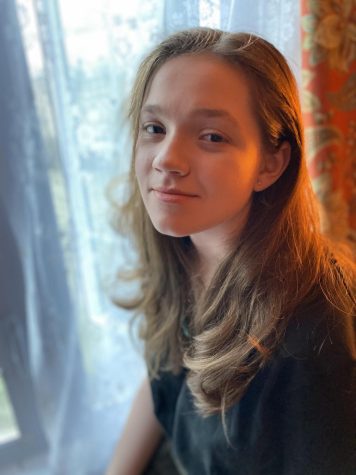AI and Art

AI-generated art depicts people walking in a crowd.
May 15, 2023
Artificial intelligence (AI) has been around since the 1940s, but since access to technology has increased, its popularity has grown immeasurably. The controversy over AI has grown in the art world as AI has found new ways to create its own art.
AI vs. Artist
Talk to any artist and they’ll tell you about the plague of fakers and forgers in the art world. Artists are confronted with everything from the pilfering of ideas to online users taking credit for artists’ work. One worry for AI development is how it creates a new playing field for thievery.
AI uses computer systems to “simulate human intelligence,” says Yale Daily News. Black Box describes AI art as “art generated with the assistance of artificial intelligence (AI). Using machine learning and other self-learning algorithms.” AI learns what to do based on the information it is given, so without existing art, it can’t make something new. The result is artwork that has the appearance of newly generated material while using existing art.
With the explosion of social media, many artists have adjusted to their styles or ideas being stolen, but many are now trying to cope with their actual pieces being taken. What AI does can feel even worse than having a piece of art physically stolen. AI manipulates the work itself, which can be off-putting and frankly distributing for artists, so much so that it’s what’s driving many artists to court.
Kelly McKernan is a digital artist whose style and work were used in AI without her consent.
“I can see my hand in this stuff, see how my work was analyzed and mixed up with some others’ to produce these images,” McKernan told The New York Times.
Since then, McKernan, Sarah Andersen and Karla Ortiz (two other artists) have joined a class-action lawsuit against widely known AI generators: Midjourney, Stable Diffusion and Dream Up. For artists like McKernan, her time and identity as an artist were taken from her with the use of AI.
In early fall of 2022, Jason M. Allen of Pueblo West, Colo. entered the “Théâtre D’opéra Spatial,” in Colorado State Fair’s annual art competition, and won the blue ribbon in digital art.
“I’m not going to apologize for it,” Allen told The New York Times. “I won, and I didn’t break any rules.”
What stood out in his submission was that he created the piece “via Midjourney,” an AI art generator, letting the Fair know of its use in his submission. This is a turning point in history when AI has advanced enough to be on par with man-made art. Furthermore, amateurs can create art at a professional level without the need for skill or talent.
“Art is for anyone. It just isn’t for everyone,” says Jerry Saltz, an American art critic.
Art is in a gray zone because it’s hard to determine whether certain works are worthy of its title. The title of an artist can have a range of power (practicing art fundamentals, to being at a professional level), and people can take advantage of its futility. AI allows there to be more openness in the use of the Art title.
For artists like McKernan, AI affects her income because the value and demand for her art style are deterred.
“AI art is extremely convenient, as it can all be done on your phone in a matter of minutes,” Ravana Gumm writes in an opinion piece in Indiana Daily Student. “This eliminates the time it takes to find an artist, talk to them about your commission and wait for the artist to complete the piece. This coupled with the price is extremely alluring and can feel hard to pass up for a lot of people.”
Creativity vs. AI
“AI-based tools [are] capable of generating hundreds of images in every style imaginable in a matter of minutes–tools ostensibly and even earnestly created to empower ordinary people to express their visual creativity,” according to Forbes.
The debate becomes whether or not AI promotes or demotes creativity. Some argue that AI gives us new levels of creativity.
“With the use of AI techniques and tools, artists and creators can develop new forms of expression and expand the limits of art as we know it today,” according to Aela, but from an artist’s perspective, this is absurd.
To make art one must think of and idea, make it and express their point. With the use of AI, the thinking and expression aren’t there. An algorithm isn’t pure thought, and to express art one needs to have an idea as a foundation. All AI can do is remake a thing that we initially interpret as having a value. Because of this, we can look at AI and draw our own conclusion about its meaning, but it doesn’t change that fact that there was no meaning to being with.
The only limits we have are the limits we create. Any piece of art is possible to think of and create as long as you have a canvas and tools. There are infinite possibilities for any piece of art to be born because there are billions of specs on a canvas to fill. AI gives people media that wasn’t created organically, weakening artists’ abilities to create a product ourselves. The work of thinking has been taken out of the equation, hurting artists’ abilities to create, which sets more limits for ourselves.
Needing Art
Whether you’re a person looking for a graphic designer or an artist looking for inspiration, AI does solve the need for quick visuals. However, choosing AI over traditional art comes at the cost of quality. Some people can’t tell the difference between good and bad art, but for others like Slatz, AI art isn’t worth it.
Slatz described AI art as “pretty crapola illustration[s]” in an interview with Artland. “He also believes that most AI art lacks real imagination and creativity. He would like to see AI generate a truly original concept and work for prompts like ‘the end of civilization’ that is not created in a typical steampunk or NFT art style like it does today.”
Elements such as composition, light, warm vs cool colors, proportion and more are components that can be challenging to master by any artist, creating a discernible difference between good and bad art.
“When anyone can generate images to spec in seconds with only a few keywords and the click of a button, it can only lead to a saturated market,” Perry Jonsson, an Edinburgh-based film-maker and digital artist who utilizes AI tools, told The Art Newspaper. “Suffice it to say, Pandora’s box has been opened.”
These same elements can become distorted in the process of my AI art because of what is selected in combination with the generating system and can be used to distinguish between organic art and AI styles.
This leads to people either needing quality art or quick art. The quality at which you want to perform will be dependent on your performance and not on that of AI.
What will happen to Art?
The history of art is parallel to the history of human beings. The legacy of AI is just another chapter of art. But the speculation of how much it will destroy carries on.
“Think about the 10 minutes of credits at the end of every modern Hollywood blockbuster. [Ninety-five] percent of those names are people working in the creation of visual imagery like special effects, animation and production design,” says Forbes. “Very soon, all that work will be able to be done by non-artists working with powerful AI-based tools capable of generating hundreds of images in every style imaginable in a matter of minutes”
The world of AI is growing exponentially and as technology advances it consumes artists with it. However, one gap that AI may struggle to close is physical works of art. Textile artists, woodworkers, potters, painters and more are (for the most part) out of the way of AI’s reach. It’s a given that if any artwork is posted online there’s a chance of an idea being stolen, but the work itself is still physically there.
In the age of 3D printing, there are possibilities one could see where some of these physical pieces could be manipulated. The shock of AI makes it so artists feel like they have a lack of control over the world they created. The playing field has changed so that no one can ever again feel comfortable that what they make is their own.
